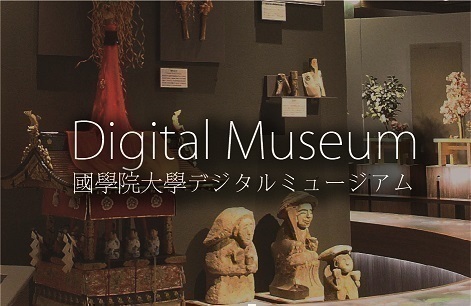- トップ
- Encyclopedia of Shinto
- Saigū
Encyclopedia of Shinto
| Main Menu: | |
| Links: |
詳細表示 (Complete Article)
| カテゴリー1: | 3. Institutions and Administrative Practices |
|---|---|
| カテゴリー2: | Ancient |
| Title | Saigū |
| Text | The saigū was an unmarried royal princess who served at the Grand Shrines of Ise (Ise Jingū). She was also called the Ise no saiō, sainaishinnō, and itsuki no miya, terms that denote an abstinent or consecrated princess. The term saigū originally referred to the Saiōgū, which was the dedicated palace of the consecrated princess. But over time the term saigū came to be used for the princess herself. In principle, a saigū was chosen primarily from among the naishinnō, the daughters and sisters of a tennō (emperor); but when no appropriate candidate was available from this group, a granddaughter (nyoō) of a tennō was selected. A saigū could be related to any tennō, not necessarily to the reigning one. This practice of choosing a consecrated princess from among a tennō's female relatives is considered a remnant attesting to female priestly roles in ancient times. According to legend, until the time of Suijin Tennō, Amaterasu Ōmikami is said to have been worshipped in the royal palace. However, entrusting herself to Suijin's daughter Princess Toyosukiirihime no mikoto, the deity moved to Kasanui Village in Yamato to be worshipped there. Alternatively, Princess Yamatohime no mikoto (in place of Princess Toyosukiirihime no mikoto) is said to have moved the shrine to Ise during the reign of Suinin Tennō, thus establishing the origin of the saigū office. In reality, however, an organized and successive saigū system was probably established around the time of Tenmu (r. 673-86) in the seventh century. However, the ritsuryō codes of the eighth century still lacked a set of rules for the consecrated princess. Such detailed procedures and regulations were finally written down in Engishiki (Procedures of the Engi Era) and in other documents compiled in the Heian period. According to these documents, in principle the saigū was usually selected by divination at the time of an imperial accession. She then underwent a period of abstinence in order to prepare her for her new role. First, the princess-elect moved into a temporary residence located in the royal palace precinct called the Shosaiin (Hall of Initial Abstinence). Later, she moved into the "Field Palace" (Nonomiya), which was built outside of the palace precinct. There she led a life of purification (kessai) by using euphemistic language (imi kotoba) to avoid taboo words, and avoiding impurity and Buddhist rites. In the ninth month of the third year of her preparations, the "dispatch ceremony" (hakken no gi) was conducted in the presence of the tennō at the Daigokuden (Palace Audience Hall) before the princess traveled to Ise. This procession (gunkō) involved several hundred attendants. Moreover, the ninth month was declared a time of general abstinence in the realm: restrictions were imposed on funerals and other inauspicious activities in the capital, the kinai, and in the provinces on the procession's route. In Ise, a saigū resided in her palace, the Saiōgū, located in Take District. In addition to a dwelling for the princess, there was also a compound for officials who served in the Bureau of the Consecrated Princess (saigūryō), made up of several hundred officials and female attendants who served the princess. In the Saiōgū the princess continued her life of abstinence and conducted various rites. She actually entered the Ise Shrines only three times yearly: during the biannual tsukinamisai, in the sixth and twelfth months; and at the kannamesai (Divine Tasting of the First Fruits) in the ninth month — in other words, at the "Three Seasonal Rites" of the shrine (sansetsusai). On such occasions she made an offering of a large tamagushi (a sacred branch), first to the Outer Shrine and then to the Inner Shrine. In general, although a saigū's retirement was supposed to coincide with the accession of a new tennō in principle, sometimes she retired early due to a death in her family, poor health, or accident. There are also examples of saigū who died in office. The practice of sending saigū to Ise continued from the latter half of the seventh century, but was discontinued due to social unrest during the reign of Godaigo Tennō (1318-39). Attempts to revive this tradition at the end of the Edo period were unsuccessful. The saigū's palace in Take was recently excavated, and the preserved relics are now open to public view. Nearby, at the saigū history museum, exhibits related to the saigū are displayed. — Namiki Kazuko |




